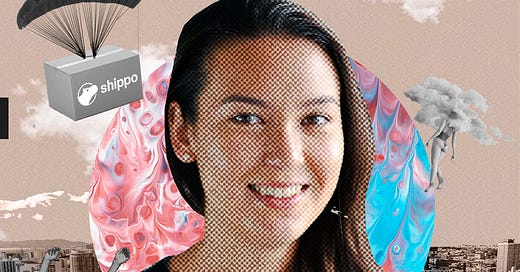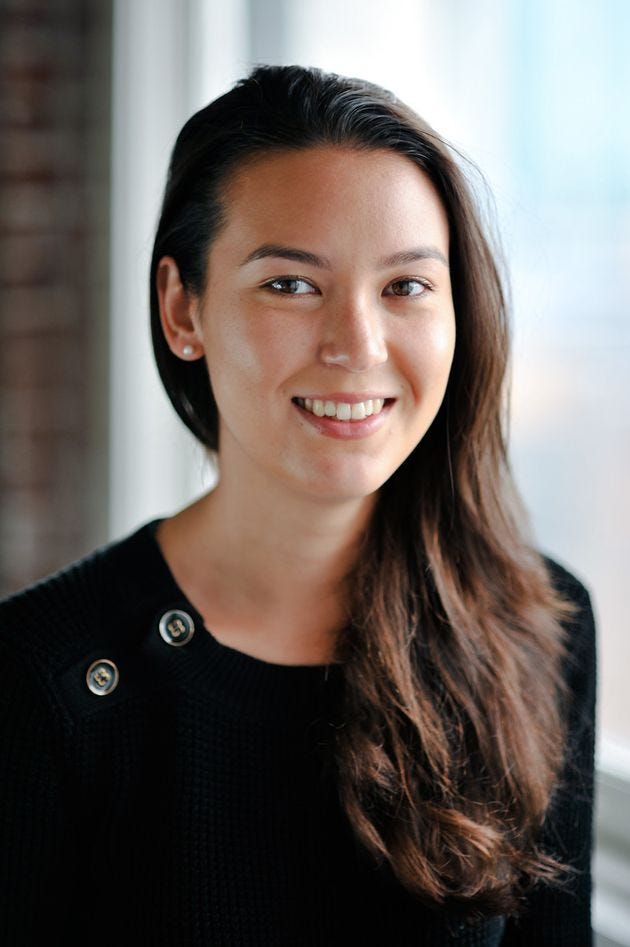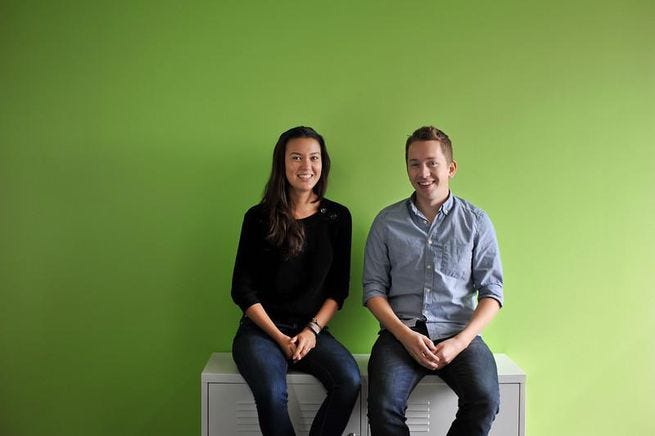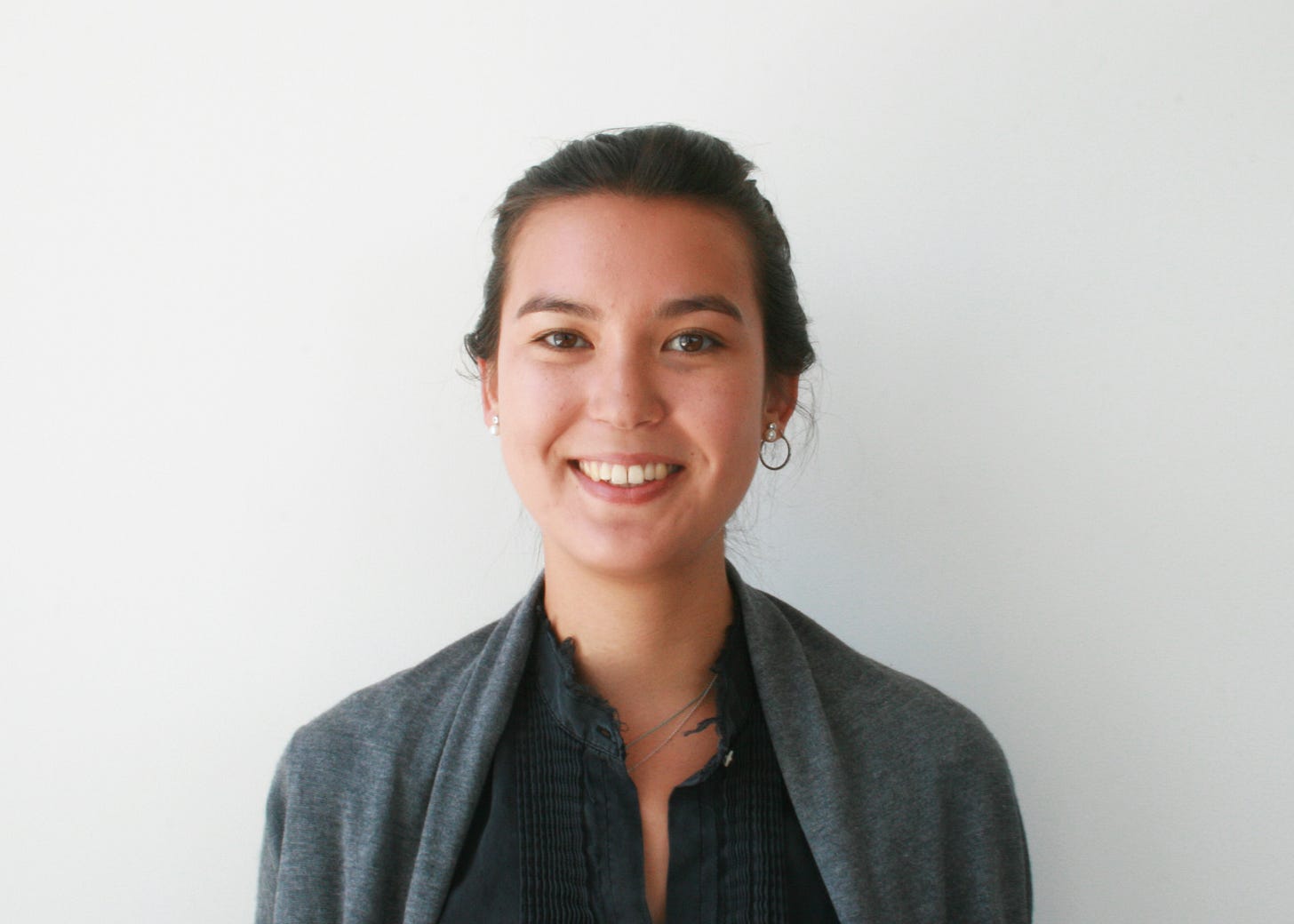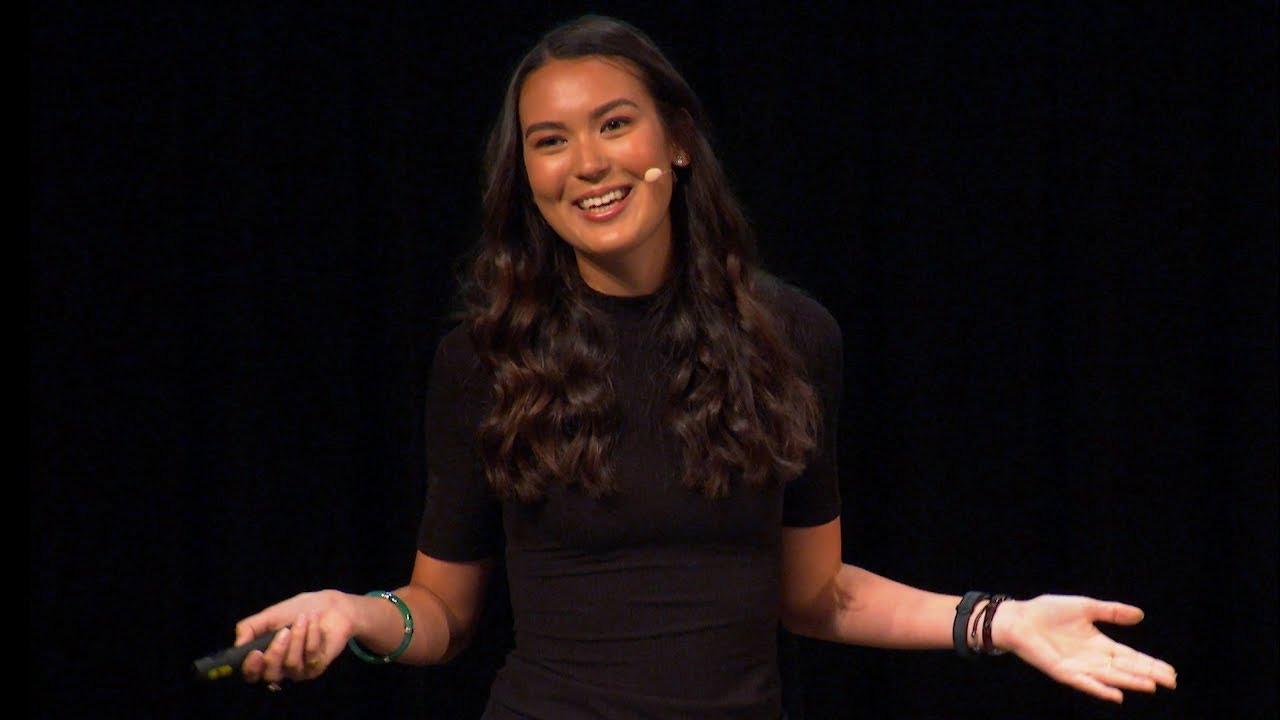This piece is written by Felix Wong, Editor & Writer at The Quest.
Apply here to become a Quest Fellow for exclusive access to our guests, live interviews, a vibrant community, and exciting opportunities! Join us on Discord and Clubhouse :)
If you enjoy The Quest Minutes, make sure to subscribe and share:
📦 Introducing : Laura Behrens Wu
Missed this week’s episode? Catch the full conversation here:
Born and raised in Germany, Laura Behrens Wu moved to Silicon Valley at 22 to intern at a Y Combinator-backed startup. In the span of 4 years, she built Shippo, an e-commerce software startup which raised more than $57 million in funding and now serves one-third of businesses exporting from the U.S.
Breaking into Silicon Valley at such a young age has been a tumultuous journey for Laura. Despite the trials and tribulations, she has grown into a highly successful leader that has learned to embrace vulnerability.
Startup Utopia
Silicon Valley is somewhat of a utopian dream for many aspiring professionals in the tech world. Working at various startups in Berlin and Zurich, Laura had always fantasized about charting her own path in the Valley.
Connecting with a YC founder at a startup event in Zurich was her one-way ticket to San Francisco. Almost overnight, she received an outpour of interviews for summer internships at various YC backed startups.
“I talked to a bunch of founders that were just going through YC and eventually landed a job at a company called Linda…so I came over and just started working there as a Jack-of-all-trades.”
Getting Ship Done
The idea behind Shippo wasn’t clearcut from the beginning. Laura and her co-founder, Simon, initially built an e-commerce store which relied on Shopify and Stripe.
They quickly realized that the arduous process of shipping was a major pain point for online retailers.
“It was like, everything is easy to do. Shopify makes it easy. Stripe makes it easy. And when it came to shipping, you have to walk to the USBs store, which is not a fun experience. And the founder I worked for, he always at every team meeting, he would say stuff like. Build something that's a painkiller, not a vitamin.”
Coming-of-age in Sillicon Valley
But the startup life was not as glamorous as it seemed; and they had no idea what they were signing up for. Starting a company would prove to be tough, especially for Laura who had to constantly improvise and learn how to lead.
“I was just a little more extroverted than my co-founder. So we decided, yeah, sure - I'm the CEO. I honestly had no idea what it meant to be a CEO and I was just very naive.
As a 22 year old founder, Laura was under immense pressure and dealt with constant insecurities about being behind.
San Francisco is home to many young founders just like Laura, figuring out how to pilot the plane midflight. Knowing people who made the exact same kind of mistakes and the ability to talk openly about failures became a reassuring hand on her shoulder.
“Right now we're getting to one of these stages where everything seems to be breaking in a good kind of way because we're growing fast. But I still look back to all my mistakes from hiring, to firing, to communication.”
Drowning
As a newbie founder, Laura constantly felt like she was drowning and teetering on the edge of her own competence.
“I feel like whenever you start getting into a spot where things started feeling good, suddenly something very unexpected and very fucked up happens, and you just have to deal with it.”
Pitching her seed round to over 125 investors only yielded 10 yes’s. Laura didn’t know any of the rules of the startup world. Figuring out how to handle new things was a consistently daunting challenge that she faced, in both success and failure. Part of that process was recognizing when to ask for help.
“No one knows what they're doing…and they're trying to figure it out. And then when things start working, you realize that you actually need specialists and people who have done it before.”
Give and Take
A key part of Laura’s growth as a CEO was learning to face uncomfortable conversations, especially with those she cared about. The bravery to give and receive honest feedback was a skill that she developed over time.
“I wish someone would have taught me earlier how to give honest feedback without making it tense or uncomfortable. Giving feedback about issues is not a big deal, it feels much better to get it off my plate. I think it's also much better for the team to know what I'm actually thinking. It's really hard because there are a lot of feelings and ego involved.”
Although it never gets easier, feedback is a gift. As a leader, it is just as important to give praise and recognition as it is to give honest criticism.
“I've never really realized that people would care about what I have to say or the price that I have to give. But it turns out that coming from a CEO, it's so much more meaningful…and if I don't say it, people will notice too.”
Using the Right Tools
For Laura, realizing that mental models can be used as tools was especially beneficial for her personal and professional wellbeing.
Despite the common advice of not comparing herself to others, she demonstrates how this attitude can be beneficial when deployed in the right manner and mindset.
“I'm personally still at a stage where it helps me and it serves a purpose. I like comparing myself to other people. I still enjoy it as a tool. It’s like yes, I should put in the extra hour and I should push myself a little harder because we're not there yet. We’re very far from achieving our vision and it is exhilarating.”
She stresses the importance of constantly re-evaluating when and where these tools can provide utility and value. Developing that level of self-awareness goes a long way in finding intrinsic motivation.
“If it stops serving you at some point, you can retire it. A tool that’s serving you today might not serve you a year from now. Continuously go through your toolset and see what's still working and what's not. You’ll start suffering when you're stuck in those mental models that have stopped working, but still subconsciously applying them.”
Female Founders
Being distinctly classified as a woman founder was never a significant consideration for Laura when she moved to Sillicon Valley. Running an API business was a technical one at its core, and all that mattered to her were the metrics.
“It was not something that I ever thought about as a limiting factor…I’ve seen being a female founder actually be a positiving in hiring. I see people who want to work for a female founder and are excited about that.”
While being careful not to put herself into the box of a female founder, Laura doesn’t dismiss the unique challenges that women specifically face in the professional world. She recognizes the need for having serious dicussions surrounding issues like fertility preservation and having children.
“There are things that are just unique to women that are more stressful at some point. I do want to have babies, and then I have to figure out like how to be pregnant while also running a company. So I envisioned that being a woman founder will actually raise many more challenges for me in the future.”
Growing into a founder has been a tough journey, but one thing’s for sure: Laura isn’t going to sit around waiting for someone else to do it.
This piece is written by Felix Wong, Editorial Lead and Writer at The Quest with Justin Kan.
You can connect with him via LinkedIn and Clubhouse! (@flexyw)
Apply here to become a Quest Fellow for exclusive access to our guests, live interviews, a vibrant community, and exciting opportunities!

